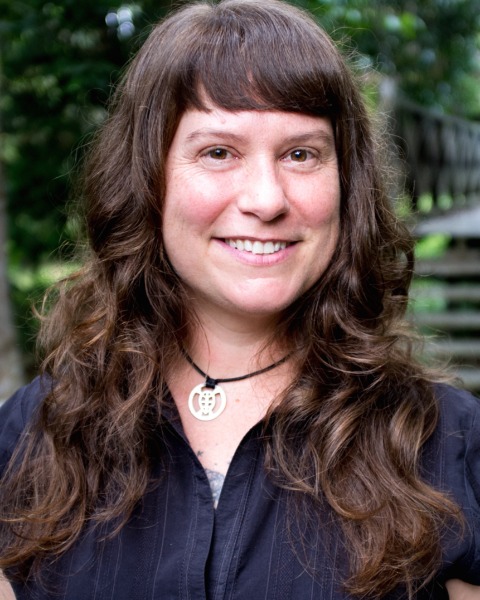Back
10-Minute Paper
Systematics, Evolution, and Biodiversity
SysEB: Evolution and Phylogenetics 2
The evolution of big heads in the seed harvesting ant Pogonomyrmex
Wednesday, November 8, 2023
4:18 PM – 4:30 PM ET
Location: Gaylord National Resort & Convention Center, National Harbor 2
- LG
Leland Graber
Cornell University
Ithaca, New York - RJ
Robert A. Johnson
Arizona State University
Tempe, Arizona 
Corrie S. Moreau
Professor/Curator
Cornell University
Ithaca, New York
Presenting Author(s)
Co-Author(s)
The ant genus Pogonomyrmex gets its common name from its seed harvesting behaviors and granivorous diet. This proclivity towards seeds varies considerably within the genus, however, with some species relying almost exclusively on seeds and others barely eating seeds at all. Pogonomyrmex species also vary in head size and shape; because seed processing has been posited to require large, muscular heads, might the more highly granivorous Pogonomyrmex species also have larger heads? Using a newly-inferred UCE phylogeny of the genus, as well as head measurements and diet observations, we tested for correlation between increased head size and an increased reliance on granivory in diet and reconstructed the ancestral state of both head size and diet within Pogonomyrmex. Findings from this work show convergent evolution towards bigger heads in multiple, geographically distant harvester ant populations, suggesting that seed-harvesting ant morphology may be shaped by similar ecological factors.

.png)
